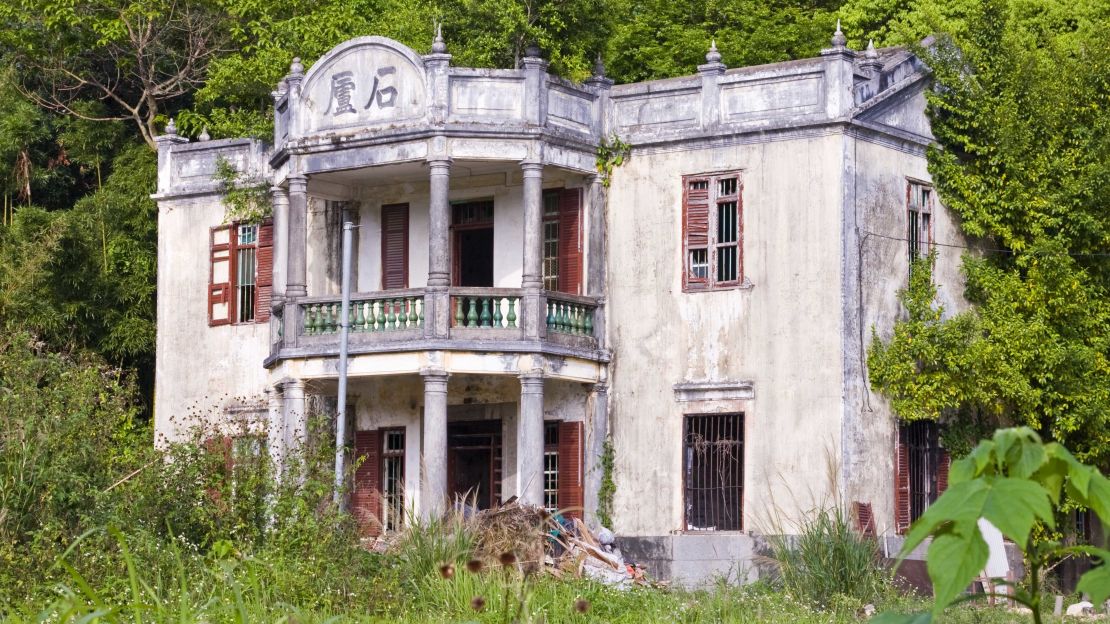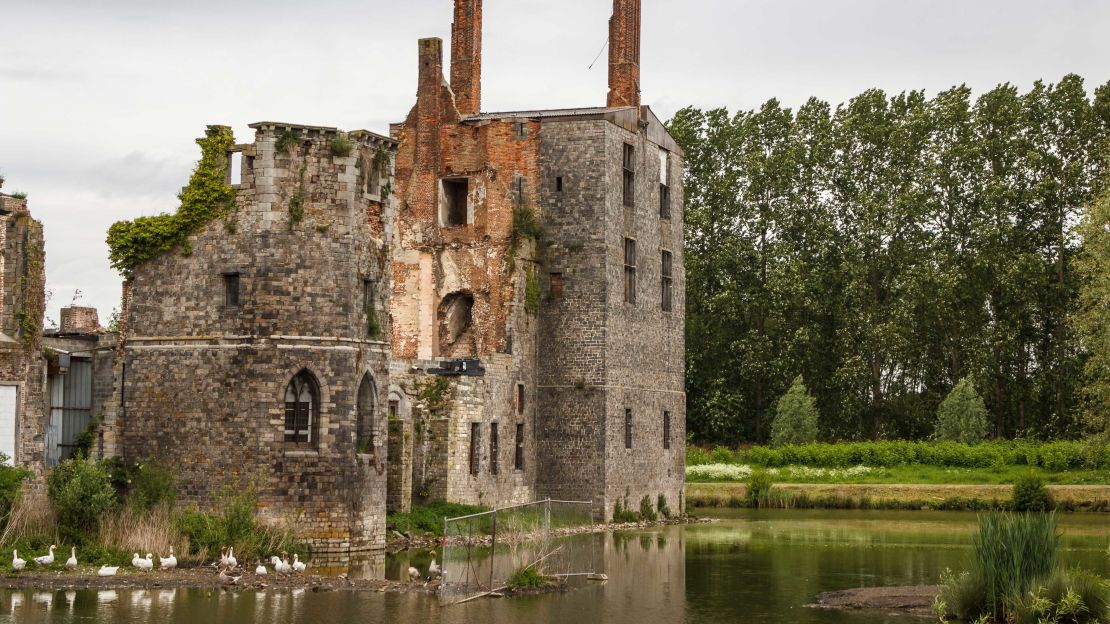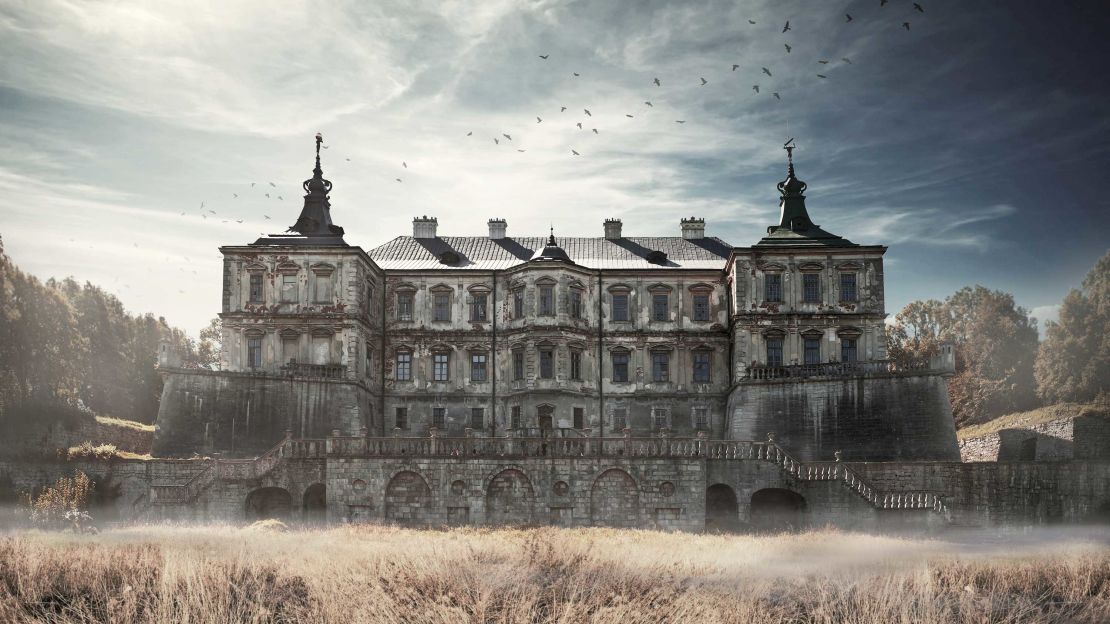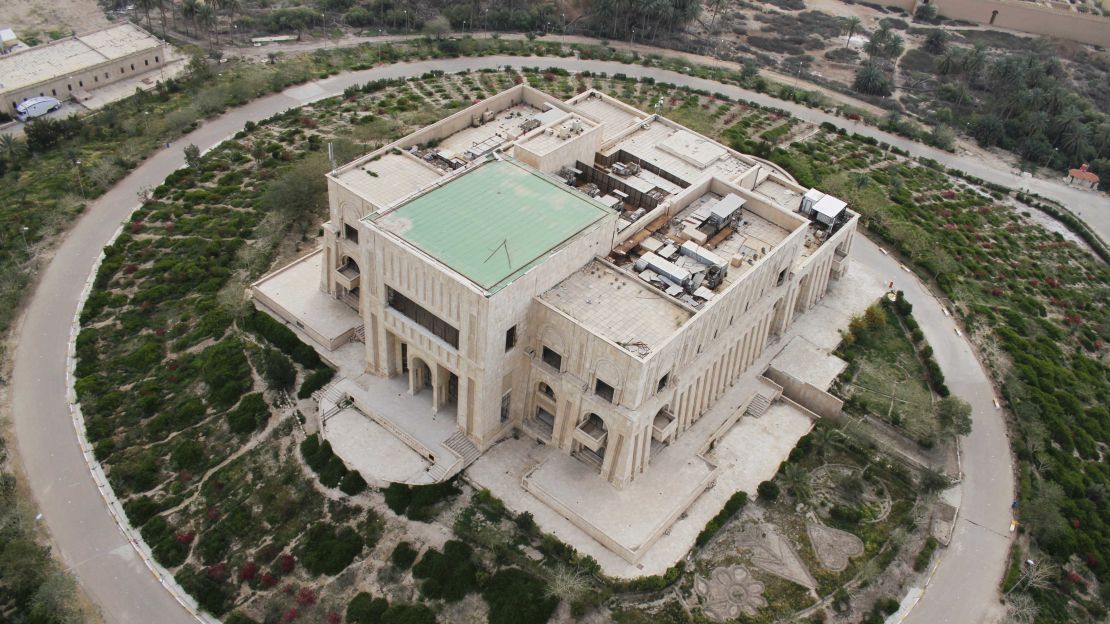Building wrecks come in all shapes and sizes, but when a palace falls apart, it tends to attract a greater level of fascination.
That’s the premise behind a new book, “Abandoned Palaces,” which examines some of the most striking ruined chateaus, mansions and palazzi around the world.
Among them are the homes of kings, military commanders, dictators, business magnates – some destroyed by fire or natural disaster, others left to crumble after their occupants fell from grace.
The author, historian Micheal Kerrigan, says his fascination with forgotten places began in childhood when his playground was a derelict rail yard behind his house in Liverpool, England.
The more palatial wrecks assembled in the book, he says, share an affinity with the grittier surroundings of his youth.
“There was this sense that these ruins could be a playground,” he tells CNN Travel. “These things do touch the imagination at a very basic level – this sense of the past, in the present.”
He says that while any abandoned building can have a certain past-meets-present allure, there’s something especially intriguing about such impossible grandeur turning to such everyday decay.
“There’s a dignity in a disused petrol station,” suggests Kerrigan. “But it doesn’t have quite the same universal poetic ring, if you like.”
Kerrigan’s book compiles derelict palaces spanning centuries and continents from an Irish country home that was later a base for the paramilitary Irish Republican Army to Haiti’s Sans Souci palace, a UNESCO World Heritage Site.
Sketching the past

Kerrigan and publisher Amber Books set out to create a collection of striking shots that told a universal human story of ambition, failure and the passage of time.
The collection is, by its essence, slightly random, says Kerrigan. That’s deliberate, part of the appeal.
“Any kind of old building is a kind of eruption of the past into the present,” he says.

“I live in Edinburgh [in Scotland] and we’ve got the castle on the one hand and Holyrood Palace and all these monuments, but what makes them special is that you see them just walking down a modern street or from a top of a double-decker bus.”
The idea of traversing decades, centuries even, just by walking down the street is replicated by flicking through the book.
As well as a fascination with history, Kerrigan loves literature. He’s captivated, he says, by what he refers to as the “poetry” of abandoned palaces.

Urban exploration and photographing abandoned buildings might seem like a modern phenomenon, but it’s less contemporary than you might think. Kerrigan points to great works of literature that delve into the topic of ruin and passage of time.
“People have always found something marvelous about these great achievements of the past and and how time has taken its toll,” says the author.

He highlights the old English elegy “The Ruin,” written by an unknown author in the 8th or 9th century. The narrator wanders the English city of Bath, witnessing the former, forgotten glory of the Roman ruins dotted across the city.
“I don’t know how far this was just a poetic voice, but quite possibly, he was being almost literal,” suggest Kerrigan. “He describes these old aqueducts and things as the work of giants because, it’s these things – that civilization, that people – that now seem very mysterious – past glories.”
Onslaught of time

Kerrigan included late former Iraqi dictator Saddam Hussein’s Palace in Iraq in the book. “Built after the first of the Gulf wars and smashed to bits in the second one,” as Kerrigan describes it.
The writer’s favorite place featured is the Gordejuela Water Elevator in Los Realejos, Tenerife, Canary Islands, Spain.
To describe it as a palace might be a bit of a stretch – it was built, not for residential purposes, but to pump fresh water from the Gordejuela Springs to be distributed to the island’s banana plantations – but it’s certainly palatial in its architecture.
“It’s just outrageously too grand for its deeply utilitarian purpose,” says Kerrigan.
All images taken from the book “Abandoned Palaces” by Michael Kerrigan (978-1-78274-862-5) published by Amber Books Ltd (www.amberbooks.co.uk)














